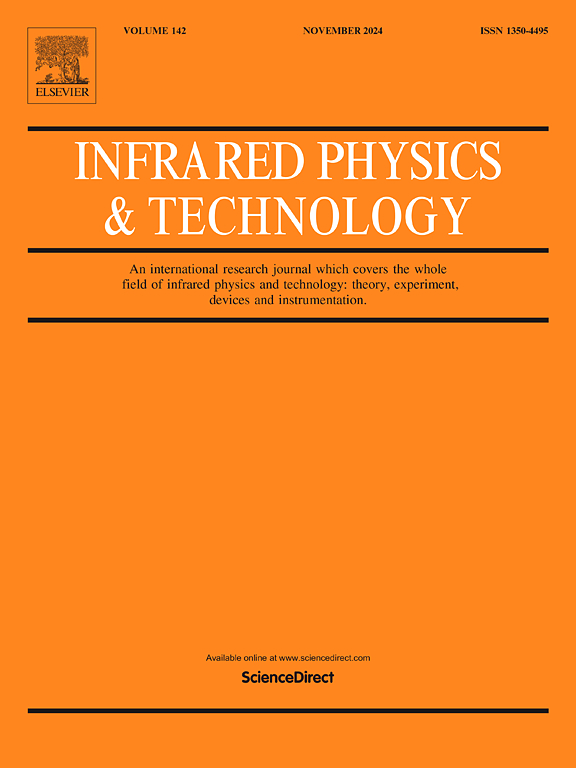Effect of VO2 particle aggregation on the performance of thermochromic smart window films for building
IF 3.1
3区 物理与天体物理
Q2 INSTRUMENTS & INSTRUMENTATION
引用次数: 0
Abstract
The energy efficiency of smart windows plays a crucial role in reducing building energy consumption, and VO2 particle-based films are widely studied due to their potential for large-scale application. However, current research often assumes that VO2 particles are completely dispersed, overlooking the impact of aggregation on optical performance. This study systematically investigates the effects of different sizes, aggregation types, and aggregation degrees of VO2 particles on the optical performance of smart windows using the FDTD method. The results show that particle aggregation leads to an increase in scattering efficiency and causes a redshift and broadening of the absorption peak. As the number of aggregated particles increases, both τlum and Δτsol decrease significantly. Additionally, larger particle sizes further exacerbate this negative impact. When the particle size increases from 30 nm to 100 nm, the decrease in τlum caused by aggregation increases from 10.85 % to 20.97 %, and the reduction in Δτsol rises from 8.18 % to 67.79 %. Further analysis shows that higher degrees of aggregation result in more pronounced declines in optical performance. Therefore, when preparing VO2-based films for smart windows, measures should be taken to minimize particle aggregation, while appropriately reducing particle size and adjusting inter-particle spacing to effectively mitigate the negative effects of aggregation on optical performance.
求助全文
约1分钟内获得全文
求助全文
来源期刊
CiteScore
5.70
自引率
12.10%
发文量
400
审稿时长
67 days
期刊介绍:
The Journal covers the entire field of infrared physics and technology: theory, experiment, application, devices and instrumentation. Infrared'' is defined as covering the near, mid and far infrared (terahertz) regions from 0.75um (750nm) to 1mm (300GHz.) Submissions in the 300GHz to 100GHz region may be accepted at the editors discretion if their content is relevant to shorter wavelengths. Submissions must be primarily concerned with and directly relevant to this spectral region.
Its core topics can be summarized as the generation, propagation and detection, of infrared radiation; the associated optics, materials and devices; and its use in all fields of science, industry, engineering and medicine.
Infrared techniques occur in many different fields, notably spectroscopy and interferometry; material characterization and processing; atmospheric physics, astronomy and space research. Scientific aspects include lasers, quantum optics, quantum electronics, image processing and semiconductor physics. Some important applications are medical diagnostics and treatment, industrial inspection and environmental monitoring.

 求助内容:
求助内容: 应助结果提醒方式:
应助结果提醒方式:


